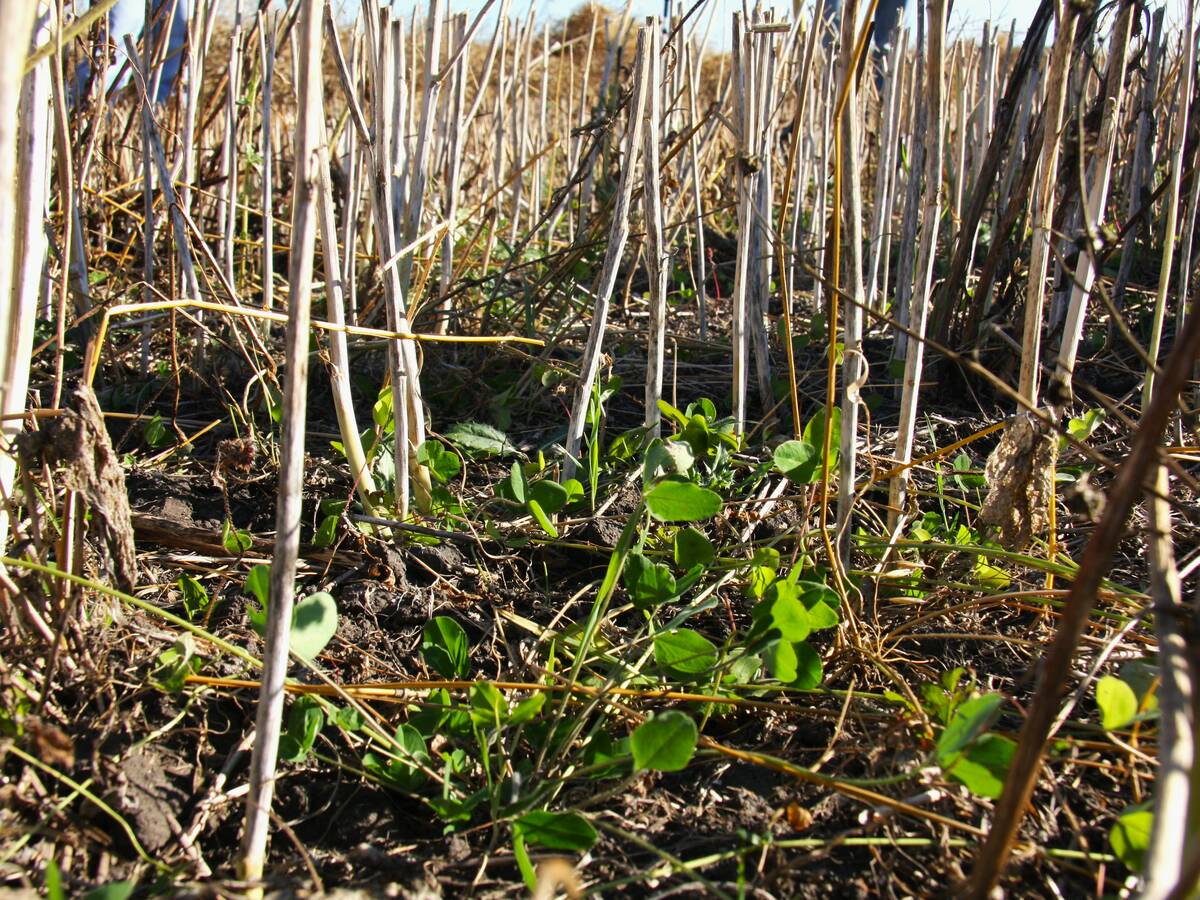Statistics Canada says questions related to income have been reduced, while more relate to technology use and succession planning
Once every five years, Canadian farmers are asked to tell the government the truth.
That truth shapes future government policies, let’s their fellow citizens better understand agriculture, food production and rural life and provides industrial and financial providers some of the data they need to meet farmers’ needs.
We call it a census.
The letter asking some larger operators to fill out the 2016 Canadian Census of Agriculture went out in December.
Most of the country’s 200,000 producers will receive their compulsory invitation at the beginning of May.
Read Also

Saskatchewan project sees intercrop, cover crop benefit
An Indigenous-led Living Lab has been researching regenerative techniques is encouraging producers to consider incorporating intercrops and cover crops with their rotations.
“It is a measure of all of the ag activity in the country,” said Greg Peterson, who heads the Canadian Census program and Statistics Canada’s agriculture division.
He said the government recognizes it can be a burdensome process but has been working to make it easier and faster.
“We have managed to reduce the amount of time it takes by about 30 percent (compared to 2011),” he said.
Using the online version of the census questionnaire should take producers about 30 minutes, say officials at Statistics Canada.
One of the features that producers will notice is a reduction in the questions related to income be-cause the department has been able to improve that data by using information from Revenue Canada.
The department is modernizing many of its statistical tools, using some of the same remote sensing technologies that producers are choosing for themselves.
As well, the online version allows farmers to skip parts of the forms that don’t apply to their operations.
Expanded information about succession planning and technology use is a part of the 2016 census.
The very smallest farm operators will no longer be part of the survey.
Thirty-five analysts will be re-quired to evaluate and compile the information that producers provide, validating it and comparing it to other data collection models.
The data will be available in May 2017, when Statistics Canada will start to release the information, said Peterson.














